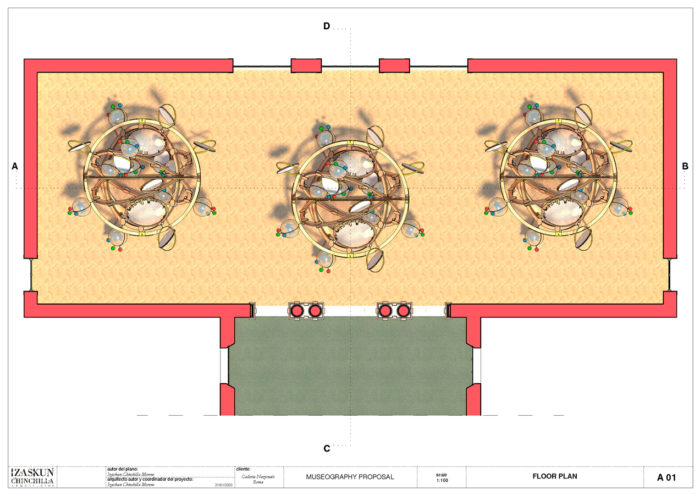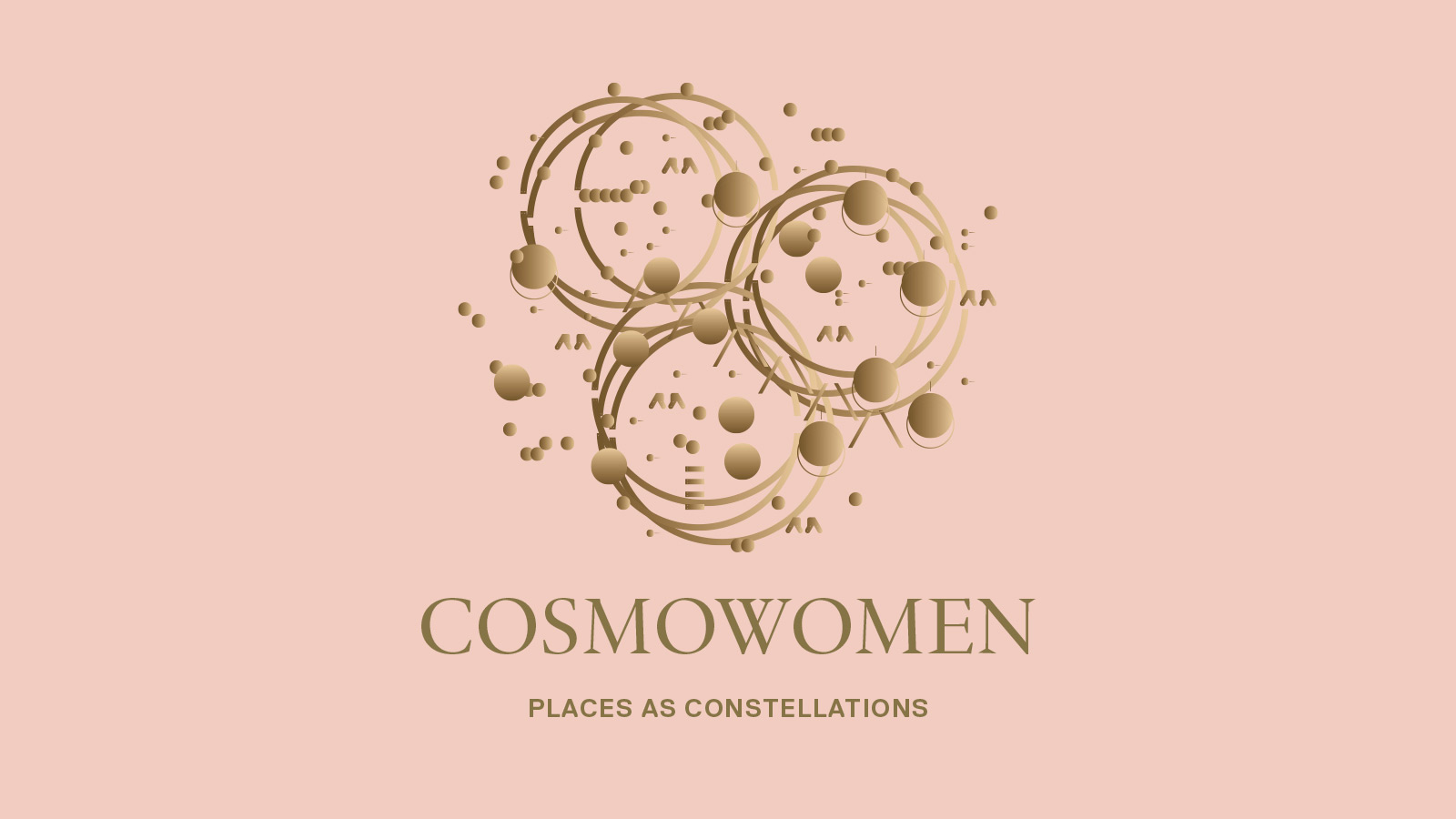On how we will rebuild nature
Onsen, the second of these spheres, reflects on the private and public relationship of human beings with nature and landscape. The term is taken from the hot springs of Japan, thermal baths of volcanic origin, usually located in a beautiful natural setting and designed for enjoying both the experience of bathing and, at the same time, the transformations of nature, such as the changing colours of leaves in autumn. Onsen thus combined knowledge of one’s own body and of the landscape. In traditional Japan both genders, men and women, bathed together. It was when Japan was opened to the outside world in the Meiji era that it was decided to separate Onsen for men and women in an act of imposition of colonialist prejudice. The custom of not segregating the sexes was seen by Europeans at that time as a sign of the inferiority of Japanese culture.

The Onsen sphere includes six places of reflection and coexistence in six rings. All of them offer a reconstruction of the concept of landscape as nature perceived, observed and valued by human beings. That reflection evolves through the various rings from a more private and bodily perspective (how perception of our own biology and of landcape are related) towards a social and political vision of landscape through architecture or territorial regeneration. The Onsen sphere is a journey from the perception of our own body to the reconstruction of the land, by way of the presence of nature in the body of architecture, in our practices of habitation, in the interior of buildings, or in our functional organization of activities, including economic activities. In other words, we examine the presence of anthropized manifestations of nature that become part of our social and biological space of existence.
The Onsen sphere comprises six rings:
– Human biology as part of ecology or landscape
– Landscape configuring architecture
– Landscape inside architecture
– Landscape as a programmatic board
– Inhabitable landscape
– Rebuilding landscape


